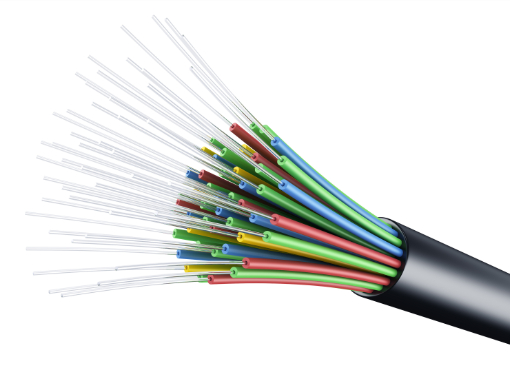
Standard electrical infrastructure is comprised of a complex system of power generation, transmission systems, and distribution systems. The equally important, but often forgotten, component of modern electrical infrastructure is the communications system. Communications are critical in an electrical system for everything from alarm monitoring, substation protection and controls, data and voice communications, as well as the ever-growing “Smart Grid” technology. In order to maintain a reliable, resilient and secure electric grid across the country, investments must be made to upgrade the electrical infrastructure. Without proper communication between the protection & controls equipment and the field, an efficient and smooth power system is near impossible. Furthermore, with the demand on electrical power increasing at an alarming rate, the importance of this critical component of electrical infrastructure is also continuing to grow. One area where improvements can have a significant impact is in the selection of the right communication scheme.
The Power Line Carrier (PLC) communications system is a technology that has been around and used for decades for data transfer, however, the demand for electrical power is quickly exceeding the capabilities of dated copper twisted pair and Power Line Carrier (PLC) communications systems. Additionally, many copper communications lines leased through telecommunications carriers are no longer being supported because those telecommunications companies have begun abandoning copper infrastructure in favor of fiber optic communications. A fiber optic communication system is the most suitable choice of communication scheme and has been instrumental in updating the communications systems in modern electrical systems. Fiber optic communication provides a secure, high-bandwidth, extremely reliable data solution that is able to transmit data over long distances without signal degradation or need for regeneration. Electrical utility fiber optic systems are often designed in a SONET (Synchronous Optical NETwork) ring configuration which provides “self-healing” network redundancy, resulting in extremely reliable communications. Fiber optic communications cable is also completely dielectric and completely unsusceptible to electromagnetic interference.
Electric utilities also have the option of utilizing their existing transmission infrastructure by using Optical Ground Wire (OPGW), a metallic cable with a fiber optic core. Many electrical utilities are now using, or switching to, fiber optic communications networks within their electrical systems for this exact reason. Likewise, the utilization of fiber optic for communications needs within the energy utility architecture continues to grow at a significant rate. The advantages of a more reliable, modern and robust communications network are obvious, but while it may seem like an easy fix, utilities must also weigh numerous considerations and potential pitfalls when upgrading their communications systems to a fiber optic network. While glass fibers are very flexible and are capable of bends less than a 2” radius without damage to the fiber or degradation of the signal, they are also more susceptible to physical damage. Therefore, extra precautions for protection must be taken into account when designing a fiber optic system. Fiber optic system design is also subject to design standards and requirements that often differ from standard electrical distribution design. The use of OPGW often requires scheduled line outages for installation.
For instance, fiber optic systems also require the identification and specification of electronic components to convert the electronic data into the light signal that is transmitted through the cable. These components come in a staggering variety of types, applications, configurations and manufacturers/suppliers, and proper selection requires expert knowledge of fiber optic systems hardware and infrastructure.
The transition from a legacy copper communications systems to a modern fiber optic communications system is a complex and sophisticated planning process that can take a significant amount of time and effort. It is important that utility network planners have the proper skills and expertise to understand all the design and implementation considerations to build a: highly reliable, dynamic, scalable, high bandwidth, and low latency fiber optic communications network to support their future needs.






 Technological Advances in Substation Protection and Controls
Technological Advances in Substation Protection and Controls 







